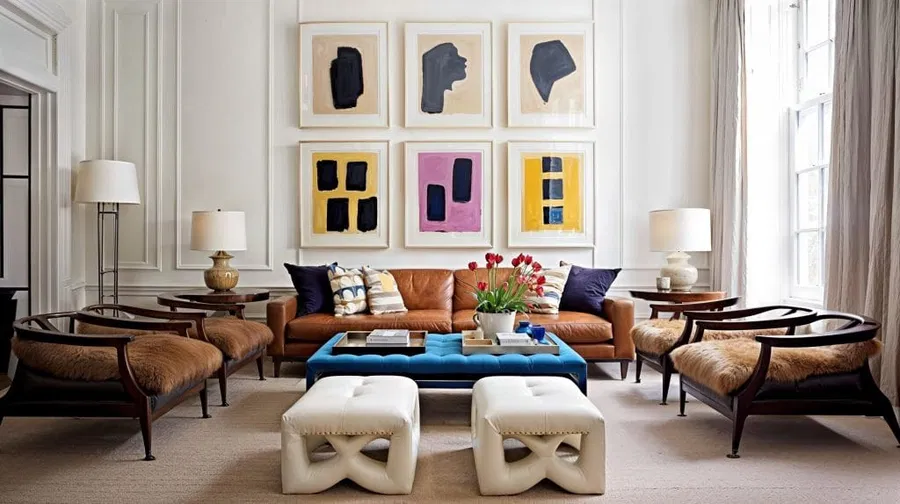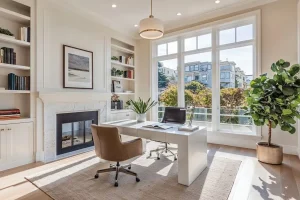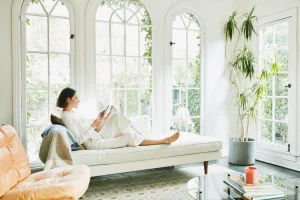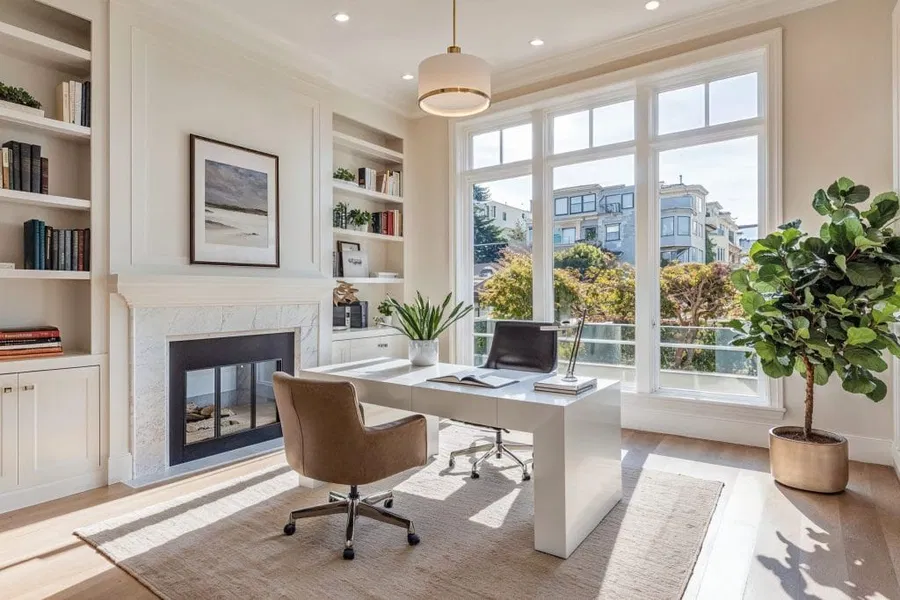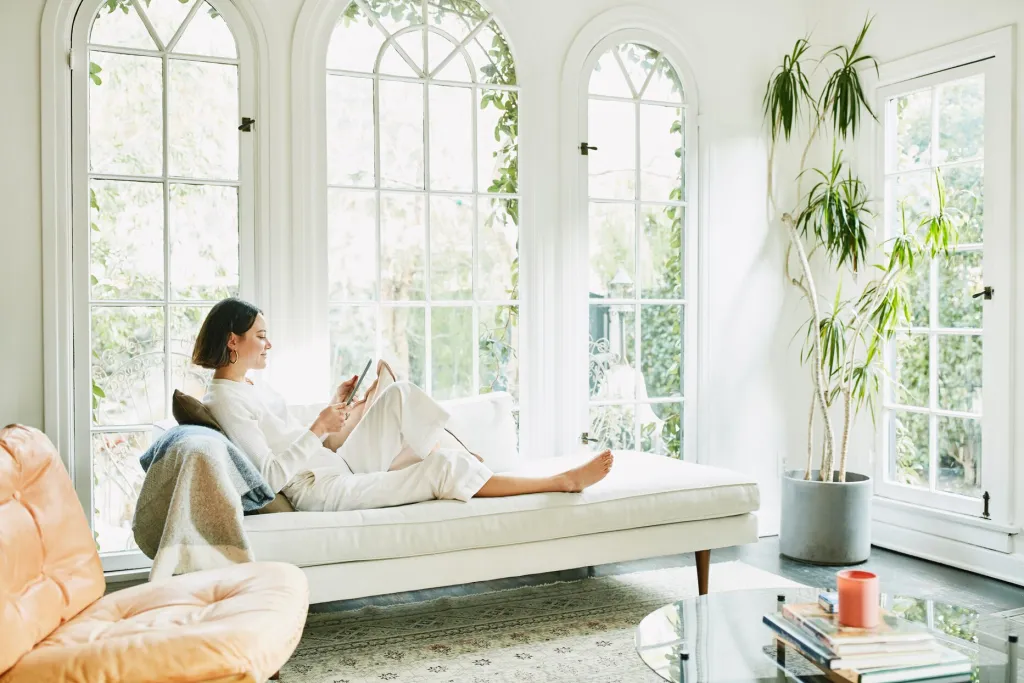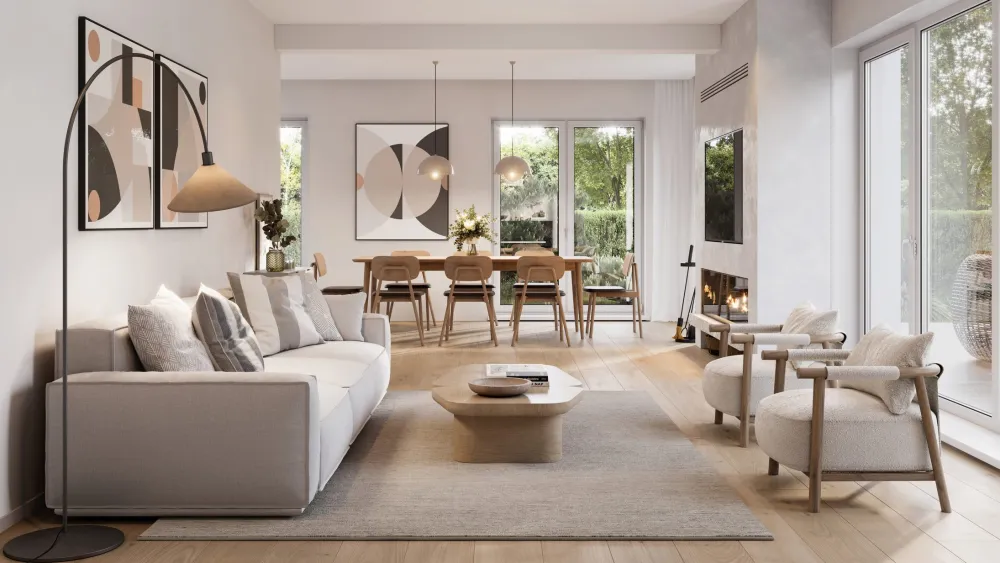Wall art is more than just decoration; it’s the finishing touch that transforms a house into a home. The right piece can set the mood, pull a color palette together, and make a space feel intentionally designed. Whether you’re decorating a modern apartment or a cozy family home, understanding how to choose and display wall art can elevate your entire interior.
Why Wall Art Matters in Interior Design
Art is one of the most powerful tools in shaping how a room feels. A bold abstract painting can energize a living room, while a soft watercolor can bring calmness to a bedroom. Beyond emotion, wall art defines a space’s personality. It tells a story — your story — through imagery, color, and style.
Another key benefit is its ability to connect different elements in a room. If your furniture, curtains, and rugs have varying tones, a carefully chosen piece of art can tie them together and create visual harmony.
Types of Wall Art for Different Interiors
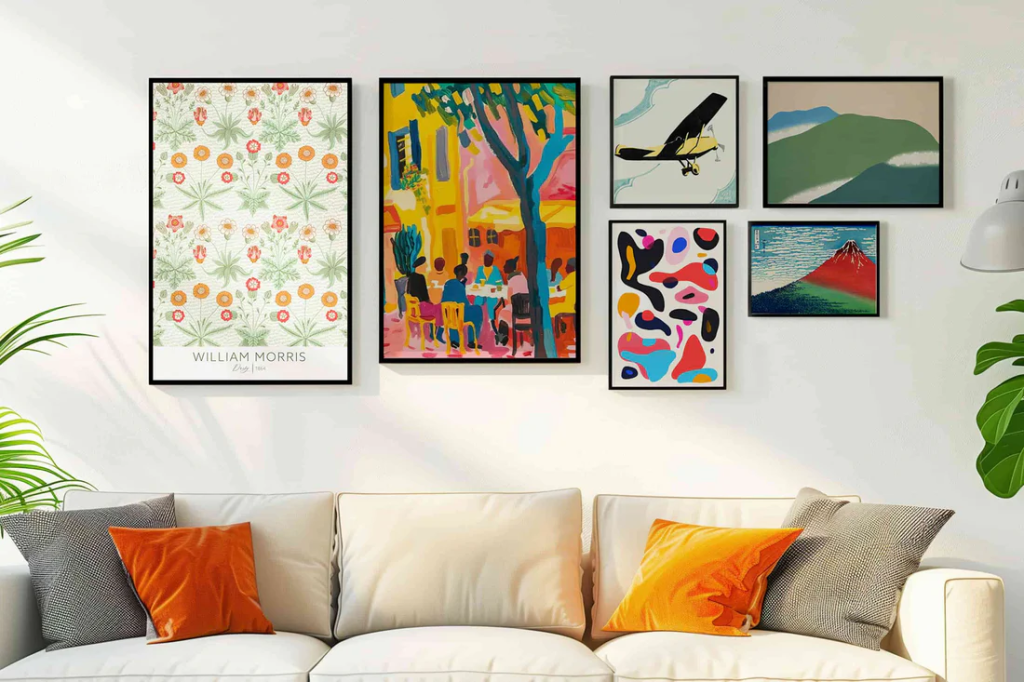
Paintings remain a timeless choice, ranging from traditional oil portraits to modern acrylic abstracts. Photography offers another versatile option — black-and-white cityscapes can feel sophisticated, while bright, candid shots can make a space more inviting.
For something more tactile, wall sculptures and 3D pieces add depth and texture. Mixed media works — blending paint, fabric, or found objects — give interiors a contemporary edge. And in the digital age, high-quality prints and custom designs make it possible to own unique art without breaking the bank.
Choosing the Right Art for Your Space
Selecting wall art starts with understanding the room’s function. A dining room might benefit from warm, inviting tones, while an office could use inspirational imagery to boost productivity.
Scale is equally important. A tiny frame on a large, empty wall can look lost, while oversized art in a small space can feel overwhelming. Colors, textures, and patterns should also complement the existing decor without clashing. Finally, consider the lighting — a piece that glows beautifully in natural daylight may need accent lighting at night to keep its impact.
Popular Wall Art Styles and Trends

Minimalist art, often seen in Scandinavian interiors, emphasizes clean lines and muted tones. Bohemian spaces thrive on vibrant colors and layered patterns. Industrial lofts benefit from urban-inspired prints, raw textures, and metal accents. For those drawn to nature, botanical illustrations and landscape photography bring the outdoors in, creating a sense of calm.
Tips for Arranging Wall Art Like a Pro
One of the simplest rules for placement is to keep the center of the artwork at eye level, ensuring it feels connected to the furniture around it. Gallery walls — a collection of pieces arranged together — allow for creative storytelling and can become a focal point in any room. Frames and mats aren’t just protective; they add visual weight and can enhance the overall presentation.
Budget-Friendly Ways to Add Wall Art
Here’s the only list you’ll need:
- Create your own pieces, even if it’s just simple abstract brushstrokes on canvas.
- Download printable art from online platforms and frame it yourself.
- Give old posters or vintage finds a new life with fresh frames.
- Explore independent artists selling affordable prints online.
Caring for Your Wall Art
Once you’ve invested in art, maintaining it is essential. Dust pieces regularly using a soft, dry cloth. Avoid placing valuable works in direct sunlight to prevent fading, and control humidity levels to protect delicate materials. For significant pieces, professional framing with UV-protective glass can extend their life and keep them looking pristine for years.
The right wall art can do more than just fill empty space — it can transform your interior, reflect your personality, and bring every design element into harmony. Whether you choose a dramatic statement piece or a subtle, serene print, let your walls tell a story that feels authentically yours.
